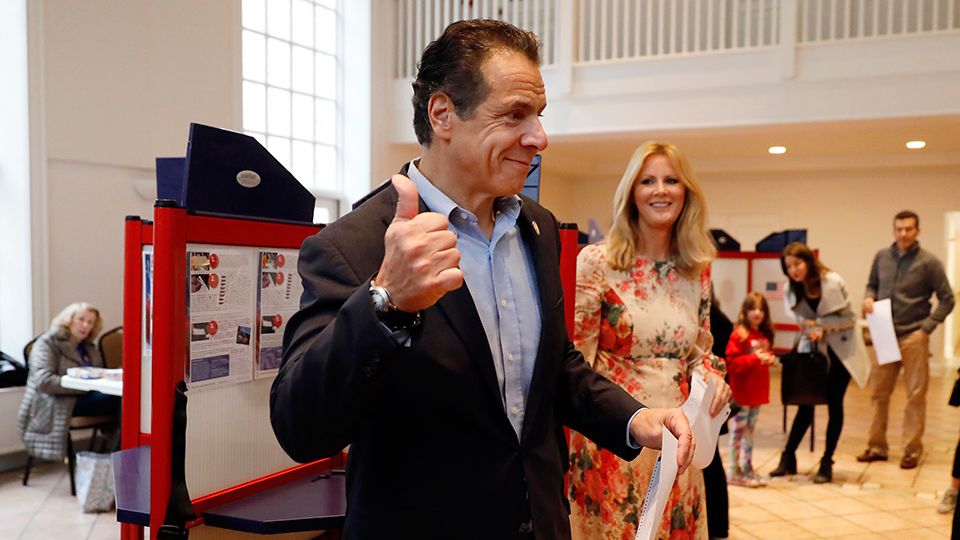Gov. Andrew Cuomo’s 2019 agenda had some joking that he had copied the playbook of Representative-elect Alexandria Ocasio-Cortez.
Cynthia Nixon, his opponent in the September gubernatorial primary, took credit for Cuomo’s support for issues like legalizing adult-use marijuana, which he rolled out alongside calls for funding poorer school districts and making it easier to vote by making Election Day a state holiday (Cuomo’s team has argued for much the year these policies were supported before Nixon announced her primary).
However, if Cuomo’s agenda for next year was a mix of new and mostly previously supported policies, he’s remained consistently consistent on the tax cap.
The 2011 law remains a signature economic achievement for Cuomo dating back to his first term and a key one for his base of suburban voters. Cuomo announced Monday he wants to keep the cap and make it permanent next year.
The measure limits the amount school districts and local governments can raise its property tax levy to 2 percent or the rate of inflation, whichever is lower. In the years the law has been in place, the cap has mostly allowed for limited to flat growth in taxes.
In the years since the cap’s approval, Cuomo has resisted efforts to make it easier to override or decouple the limit from the rate of inflation.
The call to make the tax cap permanent won plaudits from business groups.
“We wholeheartedly approve Governor Cuomo’s call for a permanent 2 percent property tax cap in 2019,” said Michael Kracker, the executive director of Unshackle Upstate. “Since its enactment, the property tax cap has saved overburdened homeowners more than $8 billion. We encourage the members of the Legislature to join with Governor Cuomo and pass a strong, permanent property tax cap upon their return to Albany.”
Cuomo also signaled he plans to keep higher tax rates on the rich due to expire next year and potentially push for a middle-income tax cut. Like much of what was in the address, more details will be needed.
“As our leaders in Albany consider other measures, it is critically important that they reject any proposal that would add to the tax burden of families and employers,” Kracker said. “New York’s high taxes and high cost of living has held back the state’s true economic potential for too long. If Governor Cuomo and legislators want to see real economic progress, they must take action to lower taxes, cut regulatory red tape and promote job growth, especially in struggling Upstate communities, in 2019.”



